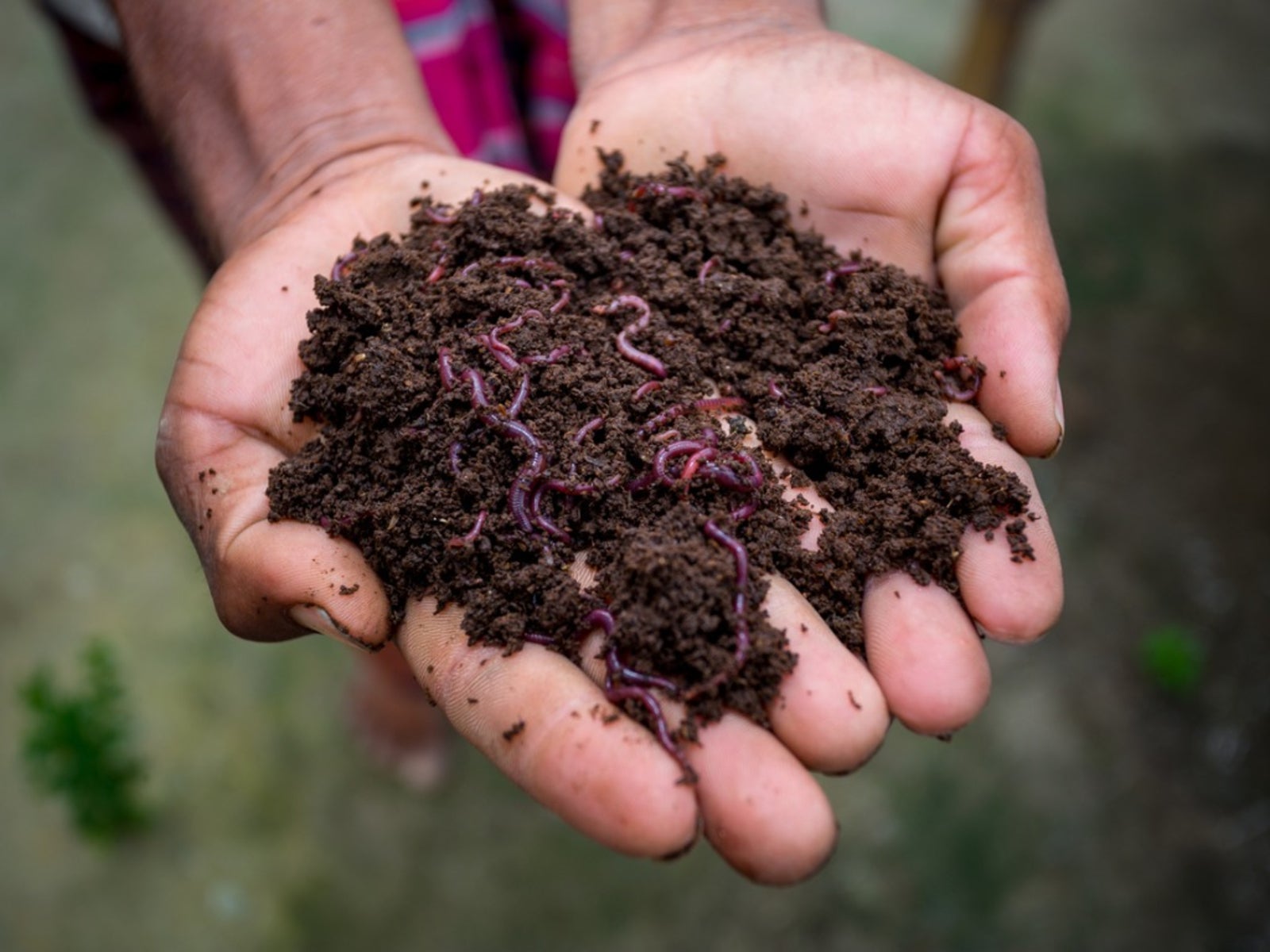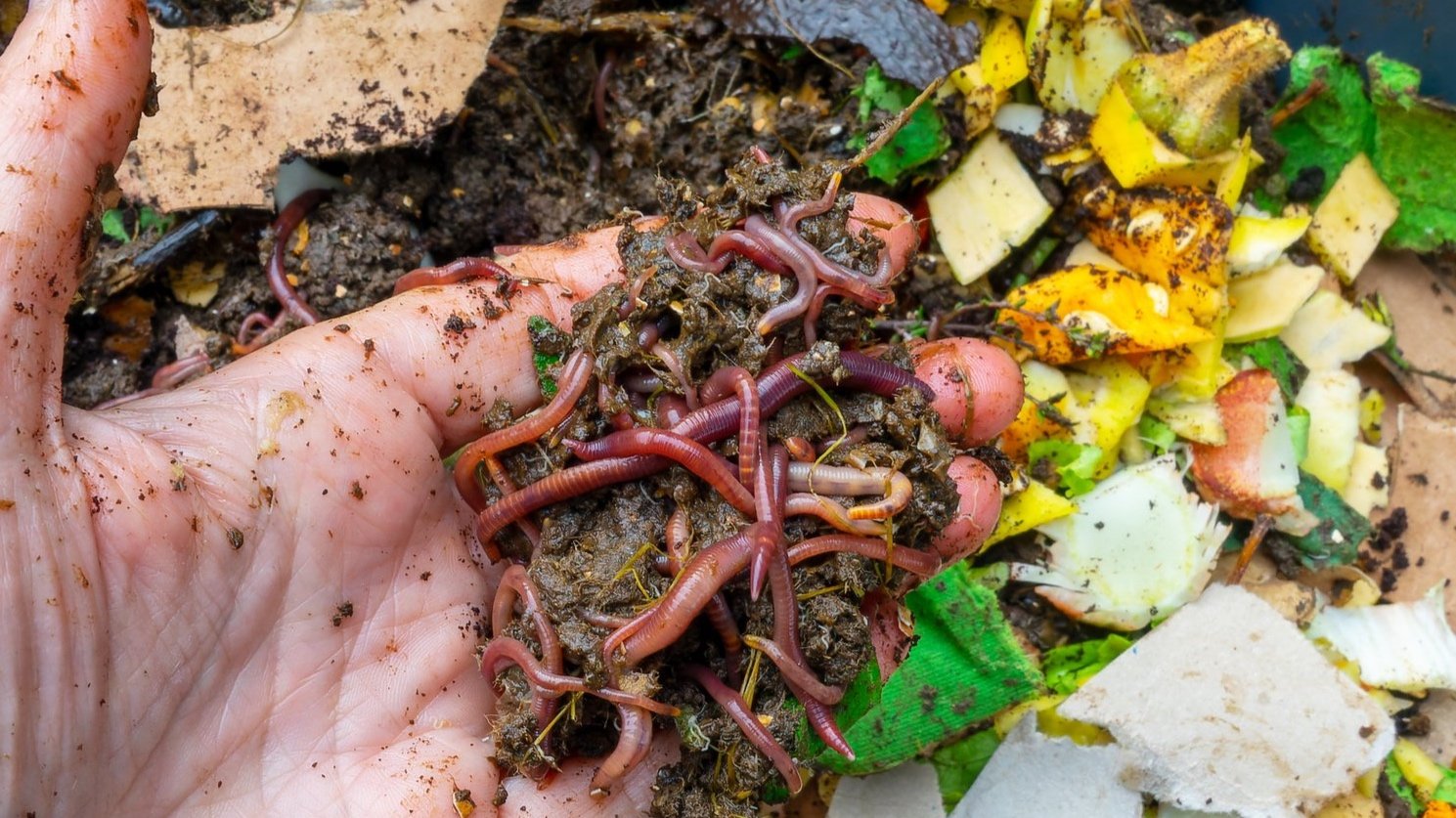The Ultimate Red Wiggler Composting Checklist for Effective Vermiculture
The Ultimate Red Wiggler Composting Checklist for Effective Vermiculture
Blog Article
Using the Power of Red Wiggler Composting: An Extensive Look at the Environmental and Agricultural Conveniences of This All-natural Waste Reduction Method
The method of red wiggler composting represents an engaging junction of ecological stewardship and agricultural development, providing a sustainable option to the expanding obstacles of waste monitoring and dirt degradation. Through the natural process of vermicomposting, organic waste is changed right into a useful source that not just improves dirt but likewise contributes to a considerable reduction in garbage dump contributions and greenhouse gas discharges. As we check out the diverse benefits of this technique, we discover exactly how it can reshape agricultural practices and promote ecological recognition, motivating a more detailed exam of its possible influence on our areas and ecological communities.
What Are Red Wiggler Worms?
Red wiggler worms, clinically referred to as Eisenia fetida, are a varieties of earthworm especially adjusted for composting and organic waste break down. These worms thrive in the nutrient-rich setting of decaying raw material, making them perfect for vermicomposting systems. Expanding to a size of roughly three to 4 inches, red wigglers are defined by their reddish-brown coloration and distinctive banding patterns along their bodies.
Unlike various other earthworm types, red wigglers prefer to live in the upper layers of soil and natural debris, where oxygen degrees are greater and food sources are bountiful. Their physiological adaptations permit them to process natural materials successfully; they have a strong digestive system that allows them to transform waste right into nutrient-rich spreadings, typically described as "black gold" in horticulture and farming contexts.
Eisenia fetida plays a vital function in the community by promoting the decay procedure, enhancing soil framework, and promoting microbial task. Offered their one-of-a-kind attributes and ecological importance, red wiggler worms have actually ended up being a main element in lasting waste management practices and natural gardening initiatives, contributing considerably to environmental health.
Benefits for Soil Health
The incorporation of red wiggler worms in composting systems uses significant advantages for dirt health. These worms play an essential function in the decomposition procedure, breaking down organic issue into nutrient-rich vermicompost. This natural fertilizer boosts dirt water, oygenation, and structure retention, contributing to an extra favorable atmosphere for plant growth.
Vermicompost is rich in essential nutrients such as nitrogen, phosphorus, and potassium, which are important for plant advancement (Red Wiggler Composting). The presence of useful microbes in vermicompost better promotes soil wellness by improving vitamins and mineral schedule and reducing soil-borne virus. This dynamic interaction promotes a durable dirt environment that sustains lasting agricultural methods
In addition, red wigglers promote the development of humus, a steady organic matter that enhances dirt fertility and durability. This raised organic content not just improves soil texture yet also improves its capability to withdraw carbon, alleviating environment adjustment influences.
Incorporating red wiggler composting into farming systems can, as a result, cause much healthier soils, higher crop yields, and improved sustainability. Because of this, embracing this all-natural waste decrease method can produce extensive advantages for both the setting and agricultural efficiency.
Influence On Waste Decrease
Incorporating red wiggler worms right into composting systems significantly minimizes waste, changing natural materials that would or else add to land fills into useful compost. This technique, called vermicomposting, effectively refines kitchen area scraps, backyard waste, and other eco-friendly materials, leading to a substantial reduction in the volume of waste sent out to landfills. According to the Epa, organic waste makes up a significant portion of land fill contents, generating dangerous greenhouse gases as it decomposes anaerobically.
By using red wigglers, a very efficient composting agent, organizations and homes can divert a substantial quantity of natural waste from these landfills. Each pound of red wigglers can refine and eat about half a pound of organic waste daily, resulting in an exceptional decrease in total waste generation.
Moreover, the application of vermicomposting supports local waste management efforts and promotes a circular economic climate, where waste is changed right into a source. As neighborhoods progressively embrace this method, the advancing impact on waste decrease ends up being obvious, promoting a much more sustainable atmosphere and encouraging accountable waste management practices. Embracing red wiggler composting not only mitigates waste concerns yet additionally boosts neighborhood understanding regarding sustainable living.
Enhancing Agricultural Practices
Utilizing red wiggler worms in farming techniques can substantially improve soil health and plant performance. These worms play a crucial function in the composting process, damaging down raw material into nutrient-rich vermicompost. This all-natural plant food enhances soil structure, water, and oygenation retention, which are essential for durable plant growth.
Moreover, the castings created by red wigglers are rich in essential nutrients, such as potassium, nitrogen, and phosphorus, promoting much healthier plants with higher returns. The microbial activity boosted by these worms also adds to a successful soil ecological community, enhancing biodiversity and resilience against diseases and bugs.

In addition, making use of vermicompost can enhance dirt pH degrees, making nutrients more available to plants. Red Wiggler Composting. Therefore, farmers can grow healthier crops while at the same time adding to dirt preservation efforts, ultimately producing a much more lasting farming future
Starting With Composting
Beginning your composting journey requires an understanding of the vital elements and procedures entailed. The key active ingredient in red wiggler composting is organic waste, which can include kitchen area scraps, lawn waste, and paper items. It is vital to keep an equilibrium in between environment-friendly products, abundant in nitrogen, and brownish products, high in carbon. This equilibrium promotes an ideal atmosphere for red wigglers, which are the crucial organisms in this composting technique.
Selecting an ideal composting system is just as vital. Worm containers can be created for outdoor or interior use, and they ought to offer adequate water drainage and oygenation. It is encouraged to begin with a small number of worms-- about one extra pound of red wigglers for each one pound of waste generated regular.

Final Thought

The technique of red wiggler composting stands for a compelling intersection of ecological stewardship and agricultural innovation, supplying a lasting solution to the expanding difficulties of waste management and dirt deterioration.Moreover, the application of vermicomposting assistances regional waste monitoring initiatives and promotes a round economy, in which waste is transformed right into a resource. As communities significantly adopt this technique, the cumulative result on waste reduction comes to be apparent, fostering a much more lasting atmosphere and motivating accountable waste monitoring methods. The key her comment is here ingredient in red wiggler composting is natural waste, which can include kitchen area scraps, yard waste, and paper products.In recap, red wiggler composting presents a lasting solution for organic waste monitoring, yielding nutrient-rich vermicompost that substantially enhances soil wellness.
Report this page